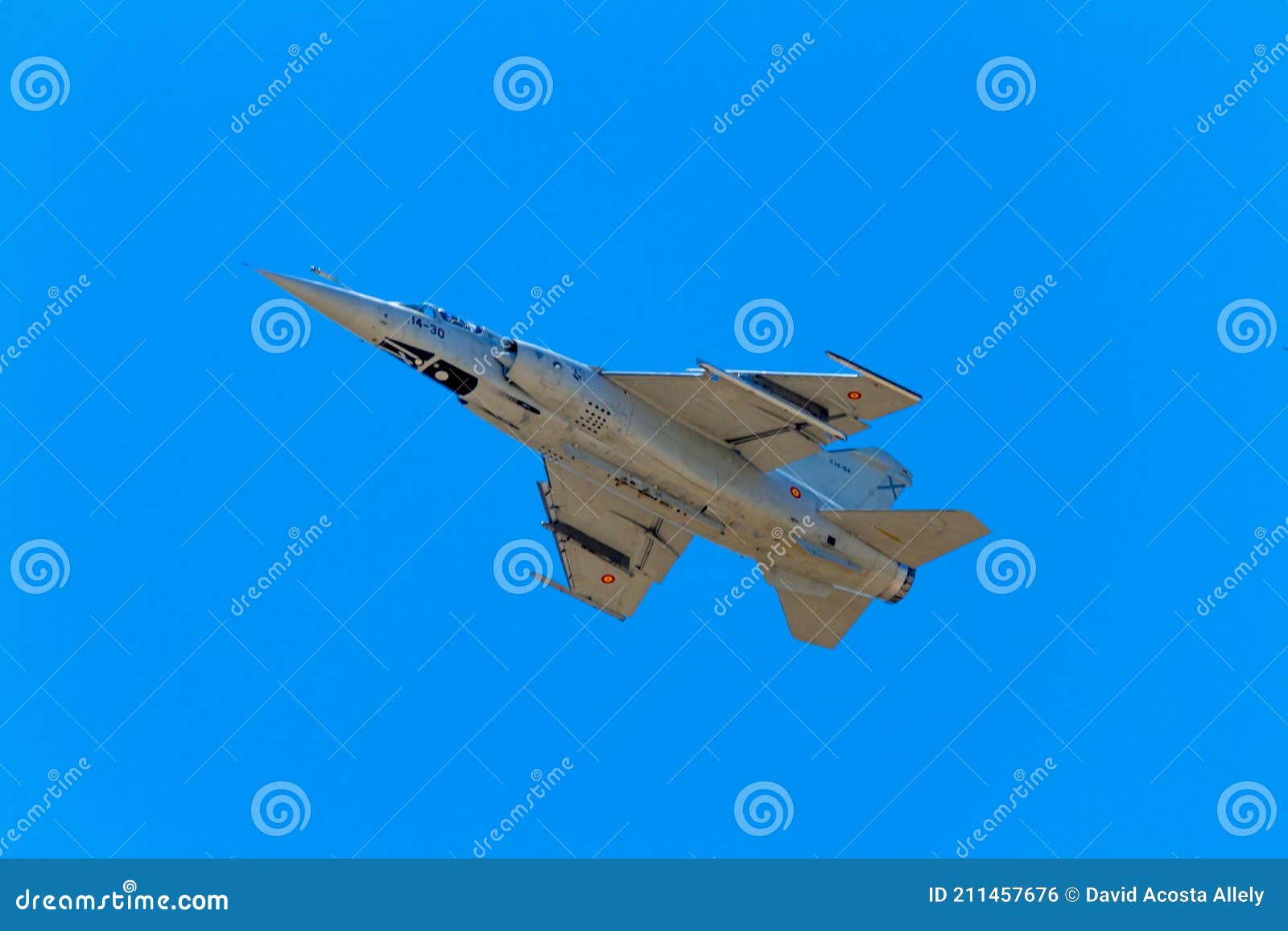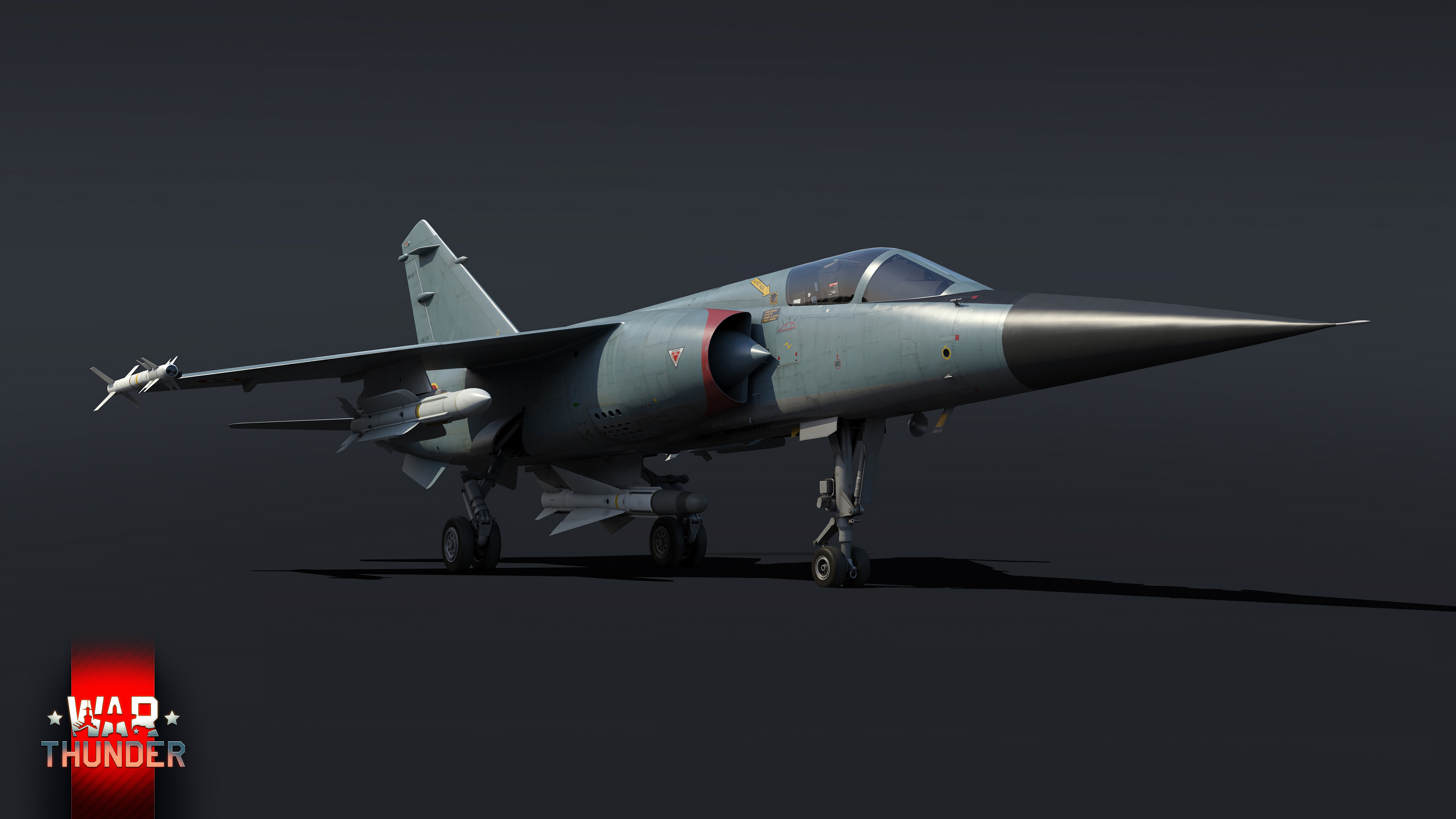F1 Aircraft - The Dassault Mirage F1 is a French fighter and attack aircraft designed and manufactured by Dassault Aviation. It was developed as a successor to the popular Mirage III family.
During the 1960s, Dassault began developing what would become the Mirage F1 as a personal vehicle, alongside the larger Mirage F2. F1 work eventually took precedence over F2 costs, which were scrapped in the late 1960s. . Therefore, the first production units were equipped with the Thomson-CSF Cyrano IV monopulse radar. In the second half of 1974, the Mirage F1 entered service with the French Air Force. Shortly thereafter, the type was deployed as the primary fighter aircraft of the French Air Force, a force which remained in service until the arrival of the Mirage 2000. It was later converted into an aerial reconnaissance role. As of July 2014, the last Frch Mirage F1 was retired from service.
F1 Aircraft

Powered by a SNECMA Atar 9K-50 turbojet engine, developing approximately 7 tonnes (69 kN; 15,000 lbf) of thrust, and armed with a variety of French and American guns, the Mirage F1 was operational. as a light multipurpose fighter and exported to about a dozen countries. This type has acted in a large number of military conflicts involving its many carriers, including the West Sahara War, Paquisha War, Cepa War, Iran-Iraq War, Gulf War, South African Border War, War in Afghanistan, Chad -Libya conflict, military discharges in 2011 in Libya, and the conflict in Northern Mali. Although sources differ, and no official records are available, approximately 726 Mirage F1s of all variants and trainers were produced between 1966 and 1992.
Dassault Mirage F1 Ct
Initially seeking to develop a larger wing derivative of the Mirage III, which became the Mirage F2, for use as a takeoff and landing test aircraft (VTOL) similar to the Dassault Mirage IIIV, however, it was recently realized that the emerging design could serve as a foundation for a competitive fighter as well. Both the Mirage F2 and its smaller derivative, referred to as the Mirage F3, received substantial support from Dassault and the French Air Force, the latter interested in adoption as a long-range bomber as an interim measure before the envisioned adoption of the Anglo. -French Variable Geometry (AFVG) strike plane.
In parallel with the study of the Mirage F3, which was intended to work as an interceptor, Dassault decided to study a single-seat derivative featuring all French SNECMA Atar 9K-50 turbojet engines.
As a result of the cancellation of two projects, the company's design team experienced a reduced workload. Therefore, in mid-1964, Dassault decided to begin design work on a smaller aircraft, later designated the Mirage F1, with the goal of producing a successor to the Mirage III and Mirage 5 fighters;
This work was performed under a government contract in anticipation of the French Air Force's specifications for an all-weather interceptor to replace its Mirage IIIC fighter fleet.
Team Rocket F1 Rocket
The Mirage F1 is similar in size to the delta-wing Mirage III and Mirage 5, and is powered by the same SNECMA Atar engine used in the larger Dassault Mirage IV; however, unlike its predecessor, it shares a high-mounted main reception section in the fuselage and a conventional tail surface as used by the F2.
Despite having a shorter wingspan than the Mirage III, the Mirage F1 proved superior to its predecessor, carrying more fuel while having a shorter takeoff and better maneuverability.
The first flight has been delayed due to a lack of funds affecting the entire system. During its fourth flight, the design was noted to have a top speed of over Mach 2.

On 18 May 1967, the first draft was lost due to an accident at DGA Essais vol, Istres; The crash was caused by losing control after encountering a flutter, killing the pilot. Despite these setbacks, in late 1966, the Mirage F1 program was officially commissioned by the French Air Force.
Draken International's Mirage F1 Takes Flight Over Florida
On 26 May 1967, an order for three Mirage F1 prototypes was placed, while the much larger and more advanced Mirage F2 was officially abandoned.
Three aircraft already in service, including a static evaluation aircraft, will soon join the pilot program. In late 1971, the initial stage of building a standard production 85 Mirage F1 was ordered.
To meet the French Air Force's requirements for an all-weather interceptor, the first production Mirage F1C was equipped with the Thomson-CSF Cyrano IV radar system. Later versions of the Cyrano IV-1 added limited look down capability.
During May 1973, the first deliveries to the French Air Force were made; such a tered squadron went into service with EC 2/30 Normandie-Niem in December this year.
Army And Air Force Integrate Training With Help Of French Air Force > Nellis Air Force Base > News
By October 1971, Mirage F1s were being produced at Dassault's Bordeaux factory and at his SBCA factory in Belgium, work on the latter under the factory system linked to the Belgian command, for 106 Mirage 5 aircraft.
79 of the following production aircraft were delivered between March 1977 and December 1983. These were versions of the Mirage F1C-200, which featured a fixed fuel probe, which required the fuselage to be retracted by 7 cm.
The Dassault Mirage F1 is a single fighter jet, designed to function as an interceptor and ground attack platform.

Although officially developed for the French Air Force as an air defense aircraft, Dassault strongly emphasized developing the Mirage F1 for ground attack duties as a secondary role during its initial design.
Fighter Jet From Luke Afb In Arizona Crashes; Pilot Not Seriously Hurt
Developed by the company to act as a successor to the successful Mirage III and Mirage 5 families, it was also heavily dependent on its predecessors, sharing the same airframe as the Mirage III, while adopting a very different wing configuration. .
The Mirage F1 used a shoulder-mounted wing instead of the Delta wing from the Mirage III, which resulted in a more than 50% reduction in runway requirements and an increase in internal fuel capacity for a 40% longer range.
Approach speed before landing is 25% lower than the previous Mirage IIIE. According to Dassault, the negative performance impact associated with the increased wing thickness of the Mirage F1 over the Mirage III has been offset by improvements made to the launch system.
The wings are equipped with double trailing edge flaps and full length edge blades, the latter being operated automatically to reduce the aircraft's radius during combat.
Mirage F1 (object)
The Thomson-CSF Cyrano IV monopulse radar system, developed from the Cyrano II unit installed on the Mirage IIIE, serves as main ssor; it operates in three distinct modes: air mass acquisition and tracking, mapping, and ground evasion.
According to the aviation publication Flight International, the Cyrano IV radar has twice the ability to detect air targets compared to previous models.
The standard production Mirage F1 is equipped with an Instrument Landing System (ILS), radar altimeter, UHF/VHF radio system, Tactical Air Navigation System (TACAN) and ground data link. Other avionics include autopilot and yaw dampers.

The Mirage F1 is powered by a SNECMA Atar 9K-50 turbojet engine, capable of providing approximately 7 tons (69 kN; 15,000 lbf) of thrust, giving the aircraft a maximum speed of 1,453 MPH and an altitude of 65,615 feet.
Duke Hawkins: Mirage F1 (84 Pages) En
The upgraded Gine, known first as the Super Atar and later as the Snecma M53, is intended for routine adoption on the Mirage F1, and for its successor aircraft.
The main armament of the Mirage F1 is a pair of internal 30 mm cannons, and one Matra R530 medium-air air-to-air missile, which is mounted under the fuselage.
It can carry a total combined payload of 13,889 lb of bombs and missiles, all of which will be carried externally.
After 1979, the medium-sized R530 was replaced by the upgraded Matra Super 530 F missile as the latter entered service in quantity with the French Air Force.
Draken's Red Mirage
In 1977, the Magic R550 was released, which the Mirage F1 took on a wing tour. Around the same time, the American AIM-9 Sidewinder was also introduced to the Armant Mirage F1; Both the Spanish and Hellenic Air Forces have requested Sidewinder integration on their own Mirage F1CE and Mirage F1CG fighters.
During 1984, the first operational deployment of the Frch Air Force Mirage F1 was conducted during Operation Manta, the Frch's intervention in Chad to counter the growing Libyan offensive in the region. The force of four Mirage F1C-200s provided air cover for the forward group of four Jaguar attack aircraft; They also participated in many battles against the rebels in cooperation with the National Unity (GUNT).
A pair of French Air Force Mirage F1Cs of EC 2/30 and EC 3/30 in flight, 31 May 1986.
In 1986, Frch Mirage F1s were transferred to Chad as part of Operation Epervier. Flight four
Dassault Mirage F1
F1 seating, watch f1, f1 gear, f1 11 aircraft, f1 caps, f1 rocket aircraft, bakflip f1, f1 filtrete, f1 apparel, f1 hospitality, canadian f1, f1 austin
0 Comments